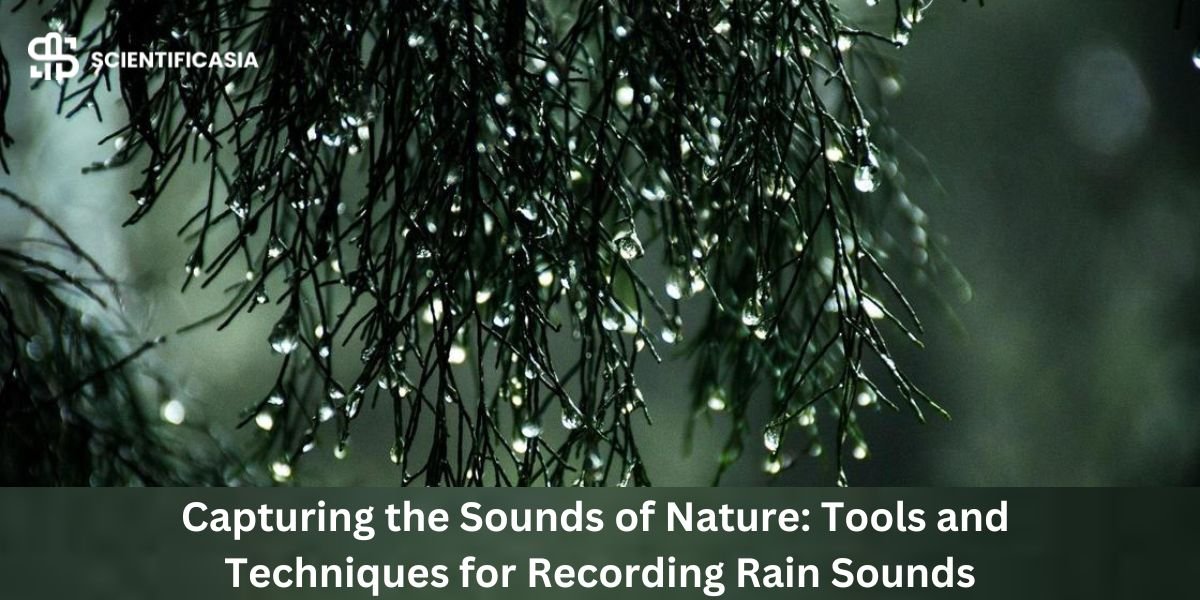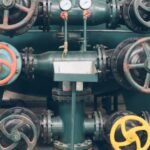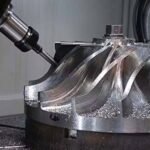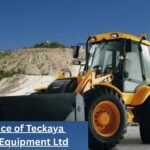Capturing rain sound is a nuanced process that requires attention to detail, technique, and the right equipment to achieve an authentic and immersive result. Whether you’re designing sounds for film, video games, or any other media, raining sound effects are a staple element of the natural soundscape. But the key to getting the most accurate and evocative rain sounds lies in the way you record, manipulate, and process them. Below is a comprehensive guide on the best ways to capture rain sound effects for your project.
1. Choosing the Right Equipment
To begin, having the appropriate recording equipment is essential. There are various methods and tools you can use to capture rain sounds, but certain tools will yield better, more detailed results.
Microphones:
For capturing the full depth of rain, microphones with a flat frequency response and good sensitivity are necessary. Two types of microphones are particularly useful for recording rain:
- Shotgun Microphones: These are ideal if you want to isolate the sound of rain from other environmental noises. A shotgun mic has a highly directional pickup pattern, meaning it will focus on capturing sound from a specific area while rejecting noise from the sides and rear.
- Omnidirectional Microphones: An omnidirectional microphone captures sound from all directions, which is perfect if you want to record a more ambient, immersive rain effect. This kind of mic can help capture the broader environmental sounds that make rain feel natural and enveloping, such as the distant rumble of thunder or the splashes of water on various surfaces.
Recorders:
For high-quality recordings, use a portable field recorder like the Zoom H6 or Sound Devices MixPre. These devices have high-quality preamps and can handle the nuances of natural sound, giving you flexibility in your recordings. Some field recorders even have built-in microphones, though for the best results, you should invest in quality external microphones.
Windshields and Protection:
Rain recordings can sometimes be marred by unwanted wind noise. To avoid this, use a windshield (also called a dead cat or windjammer) on your microphones to minimize wind interference. These are particularly important when recording in outdoor environments.
2. Choosing a Location
The location where you record will significantly affect the soundscape you capture. You can record in both indoor and outdoor settings, but each environment has its unique characteristics.
- Outdoor Recording:
If you’re recording rain in an outdoor setting, consider the type of rain you’re recording. Light drizzle will sound very different from a heavy downpour, and where you are located will affect how the rain sounds. For instance, recording under a canopy of trees or near a forest will result in a more muted, filtered sound, whereas rain hitting a hard surface like a metal roof or pavement will produce a sharper, more pronounced sound. - Indoor Recording:
Recording rain indoors, especially through windows, can yield a more controlled result. You’ll need to capture the rain hitting glass, which gives a distinct sound compared to rain hitting the ground or foliage. If you want to isolate rain sounds more effectively, consider setting up microphones near windows or on surfaces where rain will hit indoors (e.g., window sills, metal roofing, or even on a hard floor).
If you’re working with a location like a roof or a balcony, consider how the space is shaped. Certain structures or surfaces (like gutters, pipes, or overhangs) will influence how the rain sounds. This is especially relevant for a more specific project, like creating a storm atmosphere or capturing localized rain effects for a specific scene.
3. Timing and Weather Conditions
Timing is crucial in capturing rain sounds. If possible, monitor weather conditions to record rain at the right moment. Aim to capture rain at various intensities:
- Light rain: This gives a gentle, soothing sound, which is often used for more peaceful, calming scenes. It can be heard as a soft pattering on leaves, windows, and rooftops.
- Heavy rain or storms: A strong downpour has a much more intense, continuous rumble. This can be especially useful for capturing dramatic, tension-filled moments. Don’t forget to capture accompanying elements like thunder or distant wind gusts to make the rain feel more dynamic.
Capturing multiple sessions during different weather conditions is important. A consistent, monotonous rainfall may not offer the variety and detail you need for complex soundscapes. Variations in how the rain falls, whether it’s a light drizzle that grows into a downpour or starts and stops, are critical for creating a natural-sounding recording.
4. Mic Placement and Techniques
Proper microphone placement is essential to capturing the rain in the most realistic and compelling way. There are several approaches, depending on whether you’re aiming for a close, detailed recording or a more immersive ambient effect.
- Close-up Recording:
To capture the individual drops or the specific impact of rain on surfaces, place the microphone close to the ground, windows, or objects that rain will land on. If you’re recording on a window, position the mic so that you get the sound of droplets hitting the glass. You might also want to try different materials for capturing different textures of rain—metal roofs, for example, provide a sharp, distinct sound, while rain on leaves will be more diffused. - Distant and Ambience Recording:
For broader, atmospheric rain effects, position the microphones further away from the sound source. Use an omnidirectional microphone and place it several meters away from the area where the rain is falling. This allows you to capture the overall ambiance of the environment, which includes the sound of the wind, trees swaying, or the distant rumble of thunder.
Experimenting with Multiple Mics:
For richer recordings, it’s worth using multiple microphones to capture the rain in stereo or surround sound. Use two microphones placed at different distances and angles from the rain to create a sense of space and depth in your recording.
5. Post-Processing and Layering
Once you’ve captured your rain recordings, the work doesn’t stop there. Post-processing is vital to refining your rain sound and making it fit seamlessly into your project. Here are a few things to keep in mind:
- Equalization (EQ):
Rain sounds may need EQ to balance out certain frequencies. Often, rain sounds can have a lot of mid-range frequencies, so cutting certain mids can help make the sound less muddy. You may want to boost some high-end frequencies for clarity and presence, particularly if you want the sound of individual droplets to stand out. - Reverb and Ambience:
Adding reverb or spatial effects can help make the rain sound more realistic and immersed in the environment. If your rain recordings were done outdoors, you could add subtle room reverb to give the effect a sense of space. - Layering Sounds:
To make the rain sound more dynamic, layer different recordings together. Use recordings of light rain combined with heavier downpours, and mix in additional sounds like distant thunder or the rustle of leaves. Layering helps to build complexity and ensure that the rain feels rich and natural.
6. Conclusion
Capturing rain sound effects is a balance between preparation, technique, and creativity. The right equipment, combined with careful mic placement and an awareness of weather conditions, is essential for producing high-quality, immersive rain recordings. Experimenting with various environments, distances, and mic types will allow you to capture the subtleties and depth of rain in its many forms. Once you’ve collected your recordings, don’t forget the power of post-production to refine and enhance the sounds. With patience and attention to detail, your rain sound effects will add a dynamic and authentic touch to your project.
Read more:
Wedding Video Editing And Its Impact Through Color Grading
Inaugurating Conversations: The Sound Of Podcast Beginnings
Emerging Technologies in Video Production: Exploring the Future of Filmmaking
Next-Level Engagement: Crafting Compelling Tech Videos For The Manufacturing Sector
















